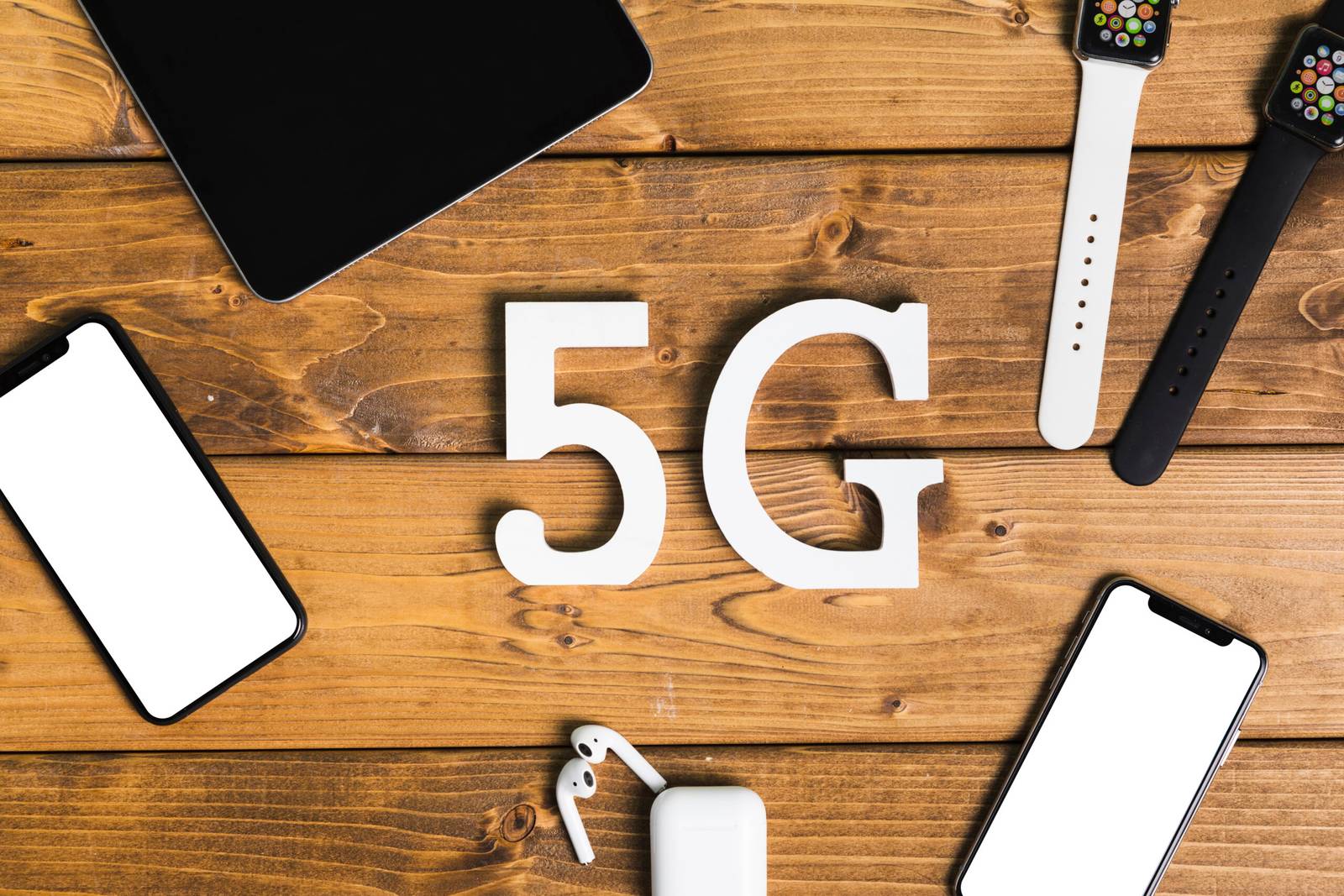The Rise of 5G: Faster Speeds and New Possibilities

by Web Digital
Introduction to 5G Technology
The advent of 5G technology is set to revolutionize the digital landscape, bringing faster speeds, improved connectivity, and a host of new possibilities. As the fifth generation of mobile networks, 5G promises to outperform its predecessors by providing unprecedented data transfer rates, ultra-low latency, and enhanced reliability. This transformative technology is poised to impact various sectors, from healthcare and education to entertainment and smart cities, ushering in an era of seamless connectivity and innovative applications.
How 5G Works
5G technology operates on a higher frequency spectrum compared to previous generations, utilizing millimeter waves (mmWave) to deliver faster data speeds and greater bandwidth. It relies on a combination of advanced technologies such as Massive MIMO (Multiple Input Multiple Output), beamforming, and network slicing to optimize network performance and efficiency.
- Massive MIMO: This technology employs multiple antennas at the base station to transmit and receive a more significant number of data signals simultaneously, increasing network capacity and coverage.
- Beamforming: This technique directs data signals precisely towards the user, reducing interference and enhancing signal strength and reliability.
- Network Slicing: This enables the creation of multiple virtual networks on a single physical infrastructure, allowing service providers to tailor connectivity solutions for specific applications and industries.
By leveraging these technologies, 5G can deliver data speeds up to 100 times faster than 4G, with latency as low as one millisecond, enabling real-time communication and interaction.
Benefits of 5G
Faster Speeds
One of the most significant advantages of 5G is its ability to provide blazing-fast data speeds. With download speeds reaching up to 10 Gbps, users can stream high-definition videos, download large files, and play online games with minimal lag.
Enhanced Connectivity
5G offers enhanced connectivity, supporting a more significant number of connected devices per square kilometer compared to previous generations. This capability is crucial for the proliferation of the Internet of Things (IoT), where billions of smart devices and sensors require reliable and simultaneous connections.
Ultra-Low Latency
The ultra-low latency of 5G enables real-time communication and interaction, which is essential for applications such as autonomous vehicles, remote surgery, and augmented reality (AR). This low latency ensures that data is transmitted almost instantaneously, providing a seamless user experience.
Improved Reliability
5G networks are designed to be more reliable, with advanced error correction and redundancy mechanisms to ensure consistent and uninterrupted service. This reliability is critical for mission-critical applications where downtime or data loss can have severe consequences.
Examples of 5G Applications in Various Industries
Healthcare
In healthcare, 5G is set to revolutionize telemedicine and remote patient monitoring. With ultra-low latency and high-speed data transfer, doctors can perform remote consultations and even remote surgeries with precision. Wearable devices can continuously monitor patients’ vital signs and transmit real-time data to healthcare providers, enabling timely interventions and personalized care.
Education
5G is transforming education by enabling immersive learning experiences through virtual reality (VR) and augmented reality (AR). Students can participate in virtual field trips, interactive simulations, and collaborative projects with peers worldwide, breaking down geographical barriers and enhancing engagement.
Entertainment
The entertainment industry is poised to benefit significantly from 5G, with improved streaming quality, real-time multiplayer gaming experiences, and immersive content. Users can enjoy 4K and 8K video streaming without buffering, and augmented reality (AR) and virtual reality (VR) applications will become more accessible and interactive.
Smart Cities
5G is a key enabler of smart cities, where interconnected devices and sensors optimize urban infrastructure and services. From smart traffic management and energy-efficient buildings to enhanced public safety and environmental monitoring, 5G supports the seamless integration of technology into urban life, improving the quality of life for residents.
Industrial Automation
In the industrial sector, 5G facilitates the adoption of Industry 4.0 technologies, such as the Industrial Internet of Things (IIoT), robotics, and automation. With reliable and high-speed connectivity, factories can implement predictive maintenance, real-time monitoring, and autonomous machinery, enhancing productivity and reducing operational costs.
Challenges and Concerns Associated with 5G
Infrastructure Requirements
The deployment of 5G requires significant infrastructure investments, including the installation of new base stations, small cells, and fiber-optic cables. This extensive infrastructure is necessary to support the high-frequency signals and ensure comprehensive coverage, particularly in densely populated areas.
Security and Privacy
The increased connectivity and data transfer capabilities of 5G raise concerns about security and privacy. With more devices connected to the network, the potential attack surface for cyber threats expands. Ensuring robust security measures and protecting user data is paramount to prevent unauthorized access and breaches.
Health Concerns
The higher frequency electromagnetic waves used in 5G have raised concerns about potential health risks. While regulatory bodies and scientific studies have deemed 5G to be safe within established exposure limits, ongoing research and monitoring are essential to address public concerns and ensure safety.
Spectrum Allocation
The allocation and management of the radio frequency spectrum for 5G are challenging, as it require coordination among governments, regulatory bodies, and service providers. Ensuring fair and efficient spectrum allocation is critical to avoid interference and maximize the benefits of 5G.
Conclusion: The Future Potential of 5G
The rise of 5G heralds a new era of connectivity, with faster speeds, enhanced reliability, and unprecedented possibilities. As 5G networks continue to roll out globally, their impact will be felt across various sectors, driving innovation, improving efficiencies, and transforming the way we live and work.
From healthcare and education to entertainment and smart cities, 5G enables a myriad of applications that enhance convenience, safety, and quality of life. However, realizing the full potential of 5G requires addressing challenges related to infrastructure, security, and spectrum management.
As we move forward, the continued advancement and adoption of 5G technology will pave the way for a more connected and intelligent world, unlocking new opportunities and shaping the future of technology and society.
Recommended Posts

Web Design Trends in Toronto for 2025
September 12, 2025


